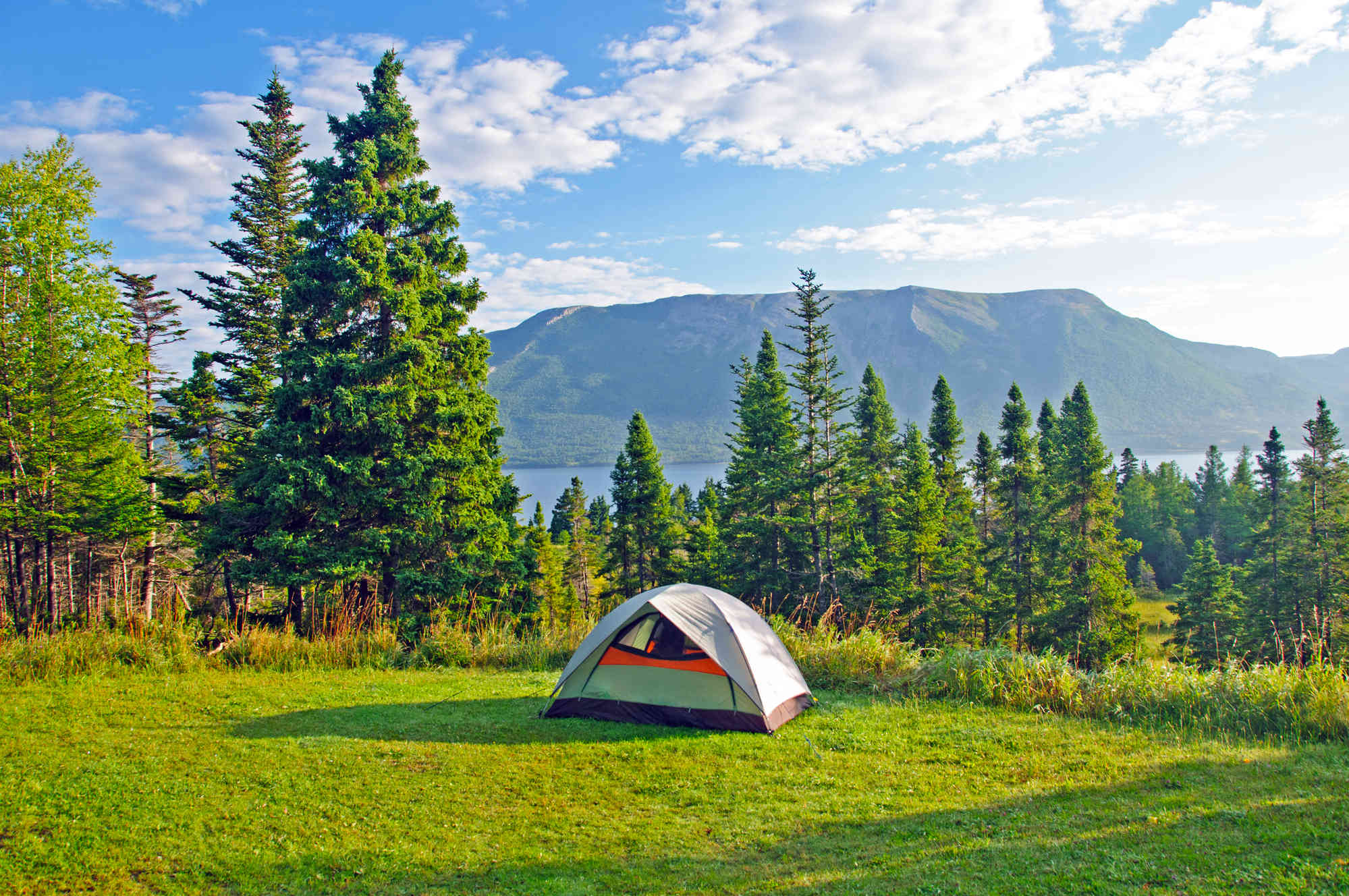The first destination for wild camping is Scotland. Hikers and campers have access to many of Scotland's trails and public land. One of the most popular trails in the area is the West Highland Way. It stretches for 152 km and usually runs from south to north from Milngavie to Fort William. Nevertheless, others will ►
The first destination for wild camping is Scotland. Hikers and campers have access to many of Scotland's trails and public land. One of the most popular trails in the area is the West Highland Way. It stretches for 152 km and usually runs from south to north from Milngavie to Fort William. Nevertheless, others will indeed find their time at Loch Lomond and The Trossachs National Park. Be careful, though, because these two areas, in particular, require a permit. Still, as for the other trails in Scotland, campers can pitch their tent without any problem while respecting the instructions indicated. In England, Dartmoor National Park is the place to go wild camping. It is a beautiful trail where it is possible to set up a camp whenever desired. In fact, hikers will particularly enjoy it as there is a road that leads through the heart of Devon from Dartmoor to Exmoor National Park in Somerset. On the other hand, in Exmoor, only walks are allowed. Further afield, in Estonia, access to nature is free for those who wish it. The Baltic Coast Hiking Trail is the place to go. It is a coastal path that stretches for 620 km along the Baltic coast. Travelers can travel the Lithuanian part point-to-point, starting with Ikla or Tallinn. Beautiful seaside and forest landscapes await campers. The latter can hope to fall asleep to the sound of the lapping waves and gentle winds blowing in the trees. For a return to nature, Norway welcomes campers. The Pilgrim Trail is the perfect place for wild camping. To go there, you must start with Tynset and continue to Trondheim. By taking this road, a detour to Forollhogna National Park is possible. Travelers will see the largest population of reindeer in Norway. On the other hand, camping can last up to two days at the Pilgrim Trail. On the North American side, wild camping is mainly done in Canada. The highest point in the region is the Sunshine Coast. This hut trail stretches 157.7 km from Sarah Point a Desolation Sound to Saltery Bay in Powell River, British Columbia. It is the longest known trail in Canada, and it is possible to camp anywhere. Moreover, you should know that this magnificent place is home to wolves, cougars, black bears, and grizzly bears. Still, on the American continent, wild camping is very popular this time in the United States. That said, this type of camping is permitted on BLM lands, national grasslands, and state forests. For example, a visit to the Hayduke desert trail is a must for wild camping enthusiasts. This trail winds through Arizona and Utah and passes through several national parks. In South America, Argentina allows wild camping except for the Valdez Peninsula, which is a UNESCO World Heritage Site. Nevertheless, the Huemul circuit could be suitable for campers. Located in the Patagonia region of Argentina, this is a proper place of adventure, and half of the trail crosses two rivers. Thus, a harness and a zip line will be necessary. New Zealand also hides its little game on the other side of the planet. There, it is possible to stop anywhere and pitch your tent in the middle of nature. Nevertheless, the Rankers Free Camping application allows access to the best spots in the country. ◄
